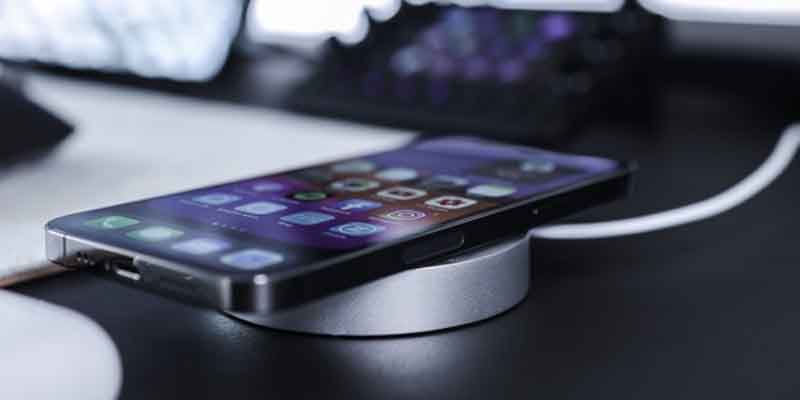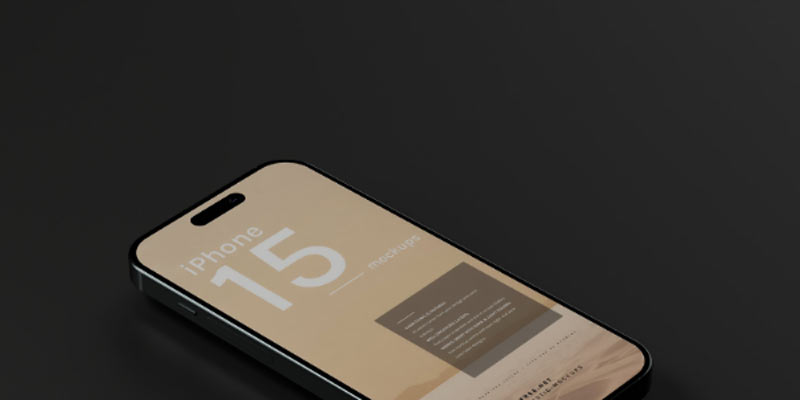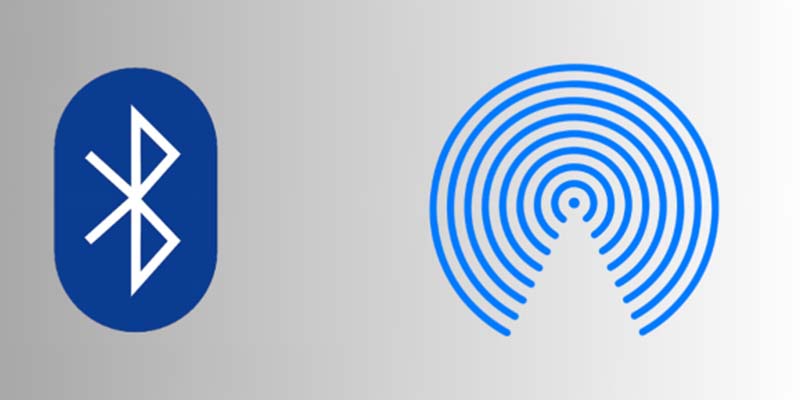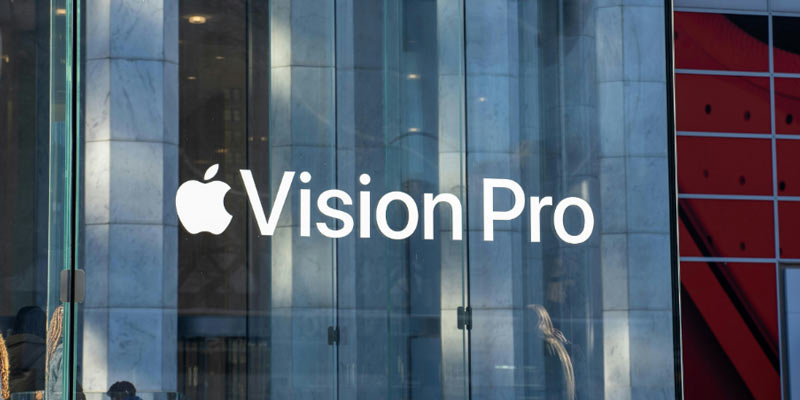Have you ever wished charging your smartphone didn’t require wires and adapters? Today, there is a clear need for quick and effective charging options for your treasured cell phones.
Wireless phone chargers are one of the cutting-edge technologies that have appeared in recent years that have attracted a lot of attention. The ease and convenience of using these gadgets to charge your phone have made them popular among techies.
This in-depth article will discuss the idea of wireless charging, how it functions, how it is compatible with different devices, and how it differs from conventional wired charging.
What is Wireless Charging?
When your phone won’t charge, a practical alternative is available: wireless charging. It changes how smartphones are charged because it does away with tangled wires and large adapters.
Imagine the comfort of knowing that, even if your phone doesn’t charge via conventional connections, you can rely on wireless charging’s convenience.
Instead of plugging your phone into a wall outlet or a USB port, you can wirelessly charge it by setting it on a pad or stand designed for this purpose.
The wireless phone charger distributes power to your device using electromagnetic fields, eliminating the necessity for a direct physical connection.
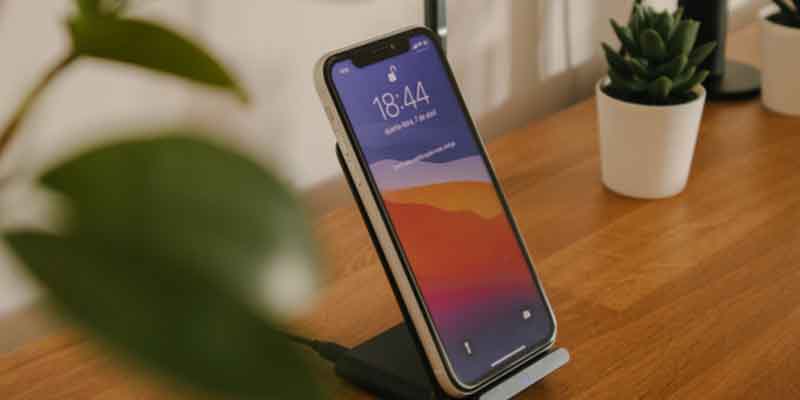
‘Qi’ Wireless Charging
The most popular wireless charging standard for cordless phones is Qi. The Wireless Power Consortium (WPC), a business organization that supports wireless charging technology, created Qi.
The market’s most extensively used wireless charging protocol is called Qi (pronounced “chee”), and any Qi-certified wireless phone charger can charge a phone that supports it.
Devices with the Qi certification guarantee compatibility and interoperability between various manufacturers. This implies that any Qi-certified charger can charge any Qi-compatible smartphone.
Qi wireless charging has the benefit of being a single standard, which eliminates confusion and guarantees a smooth charging process for customers. It has become widely used, making it simpler for customers to locate wireless chargers that work with their phones.
What is the Working Principle of a Wireless Phone Charger?
The electromagnetic induction concept underlies wireless charging. A coil inside the wireless charger produces an alternating current (AC) through electromagnetic fields when you set your Qi-compatible phone on it.
A magnetic field is produced around the coil by this current. The coil in your smartphone detects this magnetic field and changes it back into an electrical current so that it may be utilized to recharge the battery.
The phone and charger coils must be properly aligned for wireless charging. Most wireless phone chargers contain markings or alignment tips to assist you in placing your smartphone appropriately. Charging might not take place if the coils are not aligned.
Comparison of Wireless Charging and Wired Charging
You primarily have two smartphone charging choices: wireless charging and cable charging.
Consider how frustrating it is when any phone won’t charge while considering the advantages and disadvantages of wireless versus wired charging. This inconvenience is removed by wireless charging, which provides a hassle-free, cable-free experience. There’s no need to worry about frayed charging wires or have trouble plugging them in when your phone won’t charge.
Let’s compare them based on key factors:
| Feature | Wireless Charging | Wired Charging |
| Convenience | Cable-free; easy placement | Requires physical connection |
| Speed | Slower, varies by charger | Faster, especially with fast chargers |
| Portability | Portable, minimal cables | Less portable due to cables |
| Wear and Tear | Gentle on charging ports | Potential wear on ports and cables |
| Compatibility | Qi-compatible devices | Universally compatible with charging ports |
| Efficiency | Slightly less efficient | More efficient with direct power delivery |
| Charging Pad Required | Yes | No |
| Charging Distance | Short range (requires proximity to charger) | Direct connection, no distance limitations |
| Charging Multiple Devices | It may support multiple devices on a single charger | Requires separate charging cables for each device |
| Charging Stand Option | Available with upright stands for better visibility | Typically uses traditional charging cables |
| Ease of Use | Simple placement, no cable management | Requires plugging and unplugging cables |
| Charging Speed Variability | Consistent, less affected by cable quality | Speed may vary based on cable quality |
| Compatibility with Accessories | It may not work with some phone cases or metal objects | Compatible with all accessories and cases |
| Heat Generation | Generates some heat during charging | Minimal heat generation during charging |
| Eco-Friendliness | More energy-efficient with potential for energy savings | Energy-efficient but may require more cables |
| Cost | Wireless chargers may be slightly more expensive | Generally lower cost due to standard cables |
| Charging while Using | May still use the phone while charging (limited distance) | You can use the phone freely while charging |
| Evolution of Technology | Evolving to improve charging speed and efficiency | Incremental improvements in cable and charger technology |
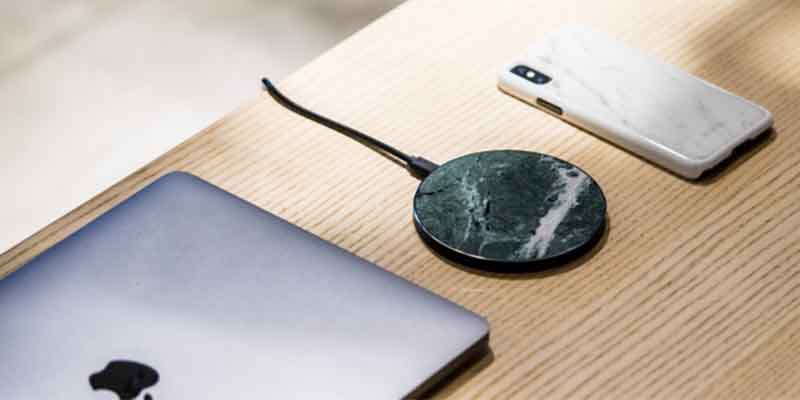
Can All Phones Charge Wirelessly?
Even while wireless charging is enticing, not all devices have it. It’s significant to remember that phones with wireless charging functionality have the required hardware. So, check to see if your gadget is compatible before switching to a cordless phone charger.
The phone’s hardware and compatibility with the Qi wireless charging standard determine its ability to charge wirelessly.
Which Smartphones are Compatible with Wireless Charging?
| Brand | Compatible Models |
| Apple | iPhone 14, iPhone 14 Plus, iPhone 14 Pro, iPhone 14 Pro Max, iPhone 13 Pro Max, iPhone 13 Pro, iPhone 13, iPhone 13 mini, iPhone 12 Pro Max, iPhone 12 Pro, iPhone 12, iPhone 12 mini, iPhone SE (2020), iPhone 11 Pro Max, iPhone 11 Pro, iPhone 11, iPhone XS Max, iPhone XS, iPhone XR, iPhone 8, iPhone 8 Plus |
| Samsung | Galaxy S23, Galaxy S23 Plus, Galaxy S23 Ultra, Galaxy Z Fold4 5G, Galaxy Z Flip4 5G, Galaxy S22 Ultra, Galaxy S22 Plus, Galaxy S22, Galaxy Z Fold 3 5G, Galaxy Z Flip 3 5G, Galaxy S21 Ultra, Galaxy S21 Plus, Galaxy S21, Galaxy Z Fold 2 5G, Galaxy Z Flip 5G, Galaxy Note 20 Ultra, Galaxy Note 20, Galaxy S20 FE, Galaxy S20 Ultra, Galaxy S20 Plus, Galaxy S20, Galaxy Z Flip, Galaxy Note 10 Plus 5G, Galaxy Note 10 Plus, Galaxy Note 10, Galaxy S10 5G, Galaxy S10 Plus, Galaxy S10, Galaxy S10e, Galaxy Note 9, Galaxy S9, Galaxy S9+, Galaxy Note 8, Galaxy S8, Galaxy S8+, Galaxy S7, Galaxy S7 Edge (Plus more devices) |
| Sony | Xperia 1 V, Xperia 10 V, Xperia 1 IV, Xperia 10 IV, Xperia 1 III, Xperia 1 II, Xperia 10 II, Xperia XZ3, Xperia XZ2 Premium, Xperia XZ2 (Plus more devices) |
| LG | V50 ThinQ 5G, V60 ThinQ 5G, Velvet, G8 ThinQ, G7 ThinQ, V30, G6 (US version only), G4 (optional), G3 (optional) (Plus more devices) |
| OnePlus | 10 Pro, 9 Pro, 9, 8 Pro |
| Nokia | XR20, 9.3 PureView, 9 PureView, 8 Sirocco |
| Huawei | P50 Pocket, P50 Pro, Nova 9, P40 Pro+, P40 Pro, Mate 30 Pro, P30 Pro, Mate 20 Pro |
| Motorola | Edge+, X Force, Droid Turbo 2, Moto Maxx |
| Microsoft Lumia | 1520, 1020, 930, 929, 928, 920 |
| Pixel 7a, Pixel 7 Pro, Pixel 7, Pixel 6 Pro, Pixel 6, Pixel 5, Pixel 4 XL, Pixel 4, Pixel 3 XL, Pixel 3 | |
| Nexus | Nexus 6, Nexus 5 |
Summing Up!
The decision between wireless and cable charging ultimately comes down to your needs and objectives. Wireless charging is a great choice if you value a hassle-free charging process and are ready to give up some speed. However, cable charging with a fast charger is still the most effective option if you require a speedy power boost, especially when pressed for time.
It’s feasible that wireless charging will accelerate and expand even further as technology develops, making it a more alluring choice for smartphone consumers. Until then, knowing the benefits and drawbacks of both approaches enables you to choose wisely depending on your unique needs.
It’s important to investigate the issue and look for suitable solutions if you ever suffer problems with wireless charging, such as the phone won’t charge, my phone won’t charge, or the phone won’t charge.
